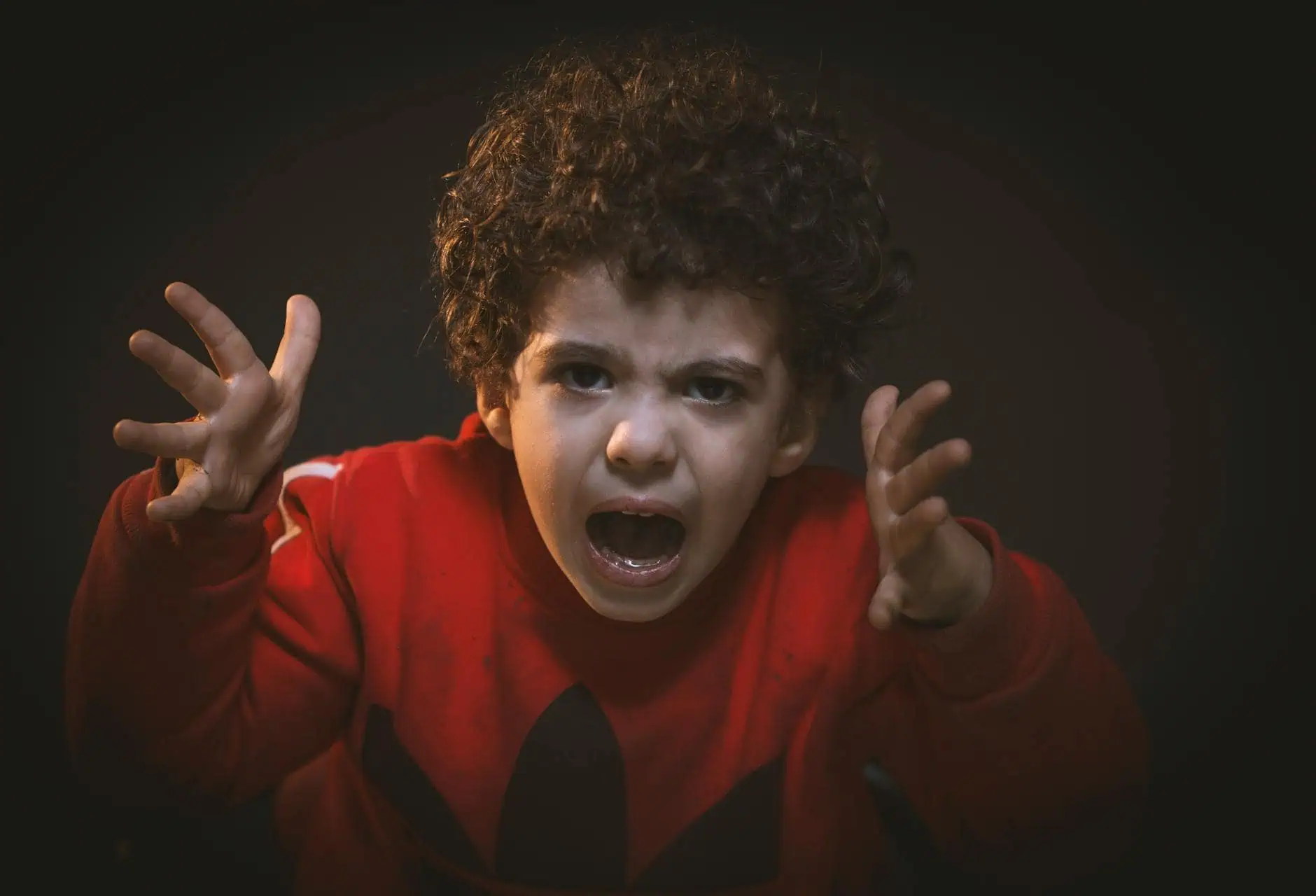Navigating the emotional landscape of a 10-year-old can be a challenging task.
Their emotional outbursts, often referred to as meltdowns, can leave parents, guardians, and educators feeling helpless and overwhelmed.
Understanding these meltdowns, however, is the first step towards effectively managing them.
This article aims to provide you with a comprehensive guide on how to deal with 10-year-old meltdowns.
We will delve into the psyche of a 10-year-old, identifying developmental milestones and differentiating between meltdowns and tantrums.
We will explore common triggers for emotional outbursts and discuss preventative measures, such as establishing routines.
The article will also provide strategies for effective communication and behavior management, including the role of active listening and empathy, and setting expectations and boundaries.
Finally, we will discuss teaching coping skills and emotional regulation, and when to seek professional help.
Whether you are a parent, guardian, educator, or childcare professional, this guide will equip you with the knowledge and tools to better understand and manage 10-year-old meltdowns.
Understanding the 10-Year-Old Psyche

The emotional outbursts of a 10-year-old are not random acts of defiance.
They are often a reflection of the child’s developmental stage and their struggle to navigate the complex world of emotions.
At this age, children are still learning to regulate their emotions.
They are also beginning to face more complex social dynamics, academic pressures, and the onset of preadolescence, all of which can contribute to emotional volatility.
Understanding these factors can provide valuable insights into why meltdowns occur and how to effectively manage them.
Recognizing Developmental Milestones
At 10 years old, children are at a crucial stage of their development.
They are transitioning from the relatively simple world of early childhood to the more complex world of adolescence.
This transition often brings about significant emotional, cognitive, and social changes, which can sometimes manifest as emotional outbursts or meltdowns.
Children at this age are also developing a stronger sense of self and autonomy.
They are beginning to form their own identities, separate from their parents, and are seeking more control over their lives.
This desire for independence, coupled with their still-developing emotional regulation skills, can often lead to conflicts and emotional outbursts.
Differentiating Between Meltdowns and Tantrums
It’s important to differentiate between a meltdown and a tantrum, as they stem from different causes and require different management strategies.
A tantrum is often a deliberate act of defiance or a way to seek attention, while a meltdown is an uncontrollable emotional response to feeling overwhelmed.
Understanding this distinction can help in formulating an effective response to your child’s emotional outbursts.
Identifying Triggers and Preventative Measures
Understanding what triggers a child’s meltdowns is the first step towards managing them effectively.
Triggers can vary greatly from child to child, but there are some common ones that many 10-year-olds share.
By identifying these triggers, you can take proactive steps to prevent meltdowns before they occur.
This not only helps to reduce the frequency of meltdowns but also teaches your child valuable coping skills.
Common Triggers for Emotional Outbursts
Common triggers for meltdowns in 10-year-olds often include feeling overwhelmed, tired, or hungry.
Other triggers can include sudden changes in routine, overstimulation, or feeling misunderstood.
Understanding these triggers can help you anticipate potential meltdowns and intervene before they escalate.
Establishing Routines to Mitigate Meltdowns
Establishing a consistent routine can provide a sense of security for your child and reduce the frequency of meltdowns.
Routines help to create predictability and structure, which can be comforting for children who are still learning to navigate their emotions.
In addition to daily routines, having a consistent approach to managing meltdowns can also be beneficial. This might include a specific ‘cool down’ strategy or a designated calm space where your child can go when they feel overwhelmed.
Effective Communication and Behavior Management
Effective communication is a cornerstone of behavior management.
It involves more than just telling your child what to do or not to do.
It’s about creating an open dialogue where your child feels heard and understood.
This can help to prevent meltdowns by addressing issues before they escalate.
Moreover, it can also teach your child important skills such as conflict resolution and emotional regulation.
The Role of Active Listening and Empathy
Active listening is a crucial part of effective communication.
It involves not just hearing what your child is saying, but also understanding and empathizing with their feelings.
This can help to deescalate a situation and make your child feel validated and understood.
Setting Expectations and Boundaries
Setting clear and consistent expectations and boundaries is another important aspect of behavior management.
This provides your child with a clear understanding of what is expected of them and the consequences of their actions.
Remember, these expectations and boundaries should be age-appropriate and realistic. It’s also important to be consistent in enforcing them.
Teaching Coping Skills and Emotional Regulation
Teaching your child coping skills and emotional regulation is a key part of managing meltdowns.
These skills can help your child to manage their emotions in a healthy and constructive way.
They can also prevent meltdowns by helping your child to deal with stress and frustration before it escalates.
Remember, we don’t come into the world with these skills They need to be taught and practiced over time.
Here are some strategies you can use:
- Encourage your child to take deep breaths when they start to feel overwhelmed.
- Teach them to identify their emotions and express them in a healthy way.
- Encourage them to take a break and do something they enjoy when they start to feel stressed.
- Teach them relaxation techniques such as mindfulness or yoga.
- Encourage them to talk about their feelings and concerns.
Coping Mechanisms for Anger and Frustration
Anger and frustration are common triggers for meltdowns in 10-year-olds.
Teaching your child coping mechanisms for these emotions can help to prevent meltdowns.
This could involve teaching them to take deep breaths, count to ten, or use positive self-talk when they start to feel angry or frustrated.
The Importance of Modeling Behavior
As a parent or guardian, you play a crucial role in teaching your child how to manage their emotions.
One of the most effective ways to do this is by modeling the behavior you want to see.
This means managing your own emotions in a healthy way and demonstrating empathy and understanding in your interactions with others.
When to Seek Professional Help
While meltdowns are a normal part of child development, frequent or severe meltdowns may indicate a need for professional help.
A child psychologist or behavioral therapist can provide guidance and support in managing these behaviors.
They can also help to identify any underlying issues that may be contributing to the meltdowns.
Recognizing Signs That Indicate a Need for Professional Intervention
Signs that your child may need professional help include frequent, severe, or escalating meltdowns that interfere with daily life.
Other signs may include aggression towards others, self-harm, or signs of depression or anxiety.
If you’re concerned about your child’s behavior, it’s important to seek help sooner rather than later.
Resources and Support for Parents and Guardians
There are many resources available to parents and guardians seeking help with managing their child’s behavior.
These include books, online resources, and support groups.
Here are a few to consider:
- The American Psychological Association’s website offers a wealth of information on child behavior and development: Child and Adolescent Mental and Behavioral Health & Children – American Psychological Association
- The Child Mind Institute provides resources on a variety of mental health and behavior issues: Behavior Problems in Children & Child Mind Institute
- Parenting support groups, both online and in-person, can provide a community of support and shared experiences: Virtual Support Groups – Parents Helping Parents & Other Parents Like Me – A parent to parent support community
- Your child’s pediatrician or school counselor can also be a valuable resource.
Conclusion: Embracing the Journey of Growth
Managing a 10-year-old’s meltdowns can be challenging, but remember, it’s part of their growth.
With patience, understanding, and the right strategies, you can help your child navigate this stage of their development.


